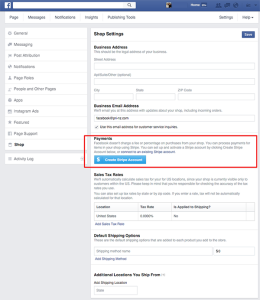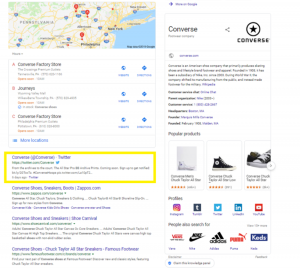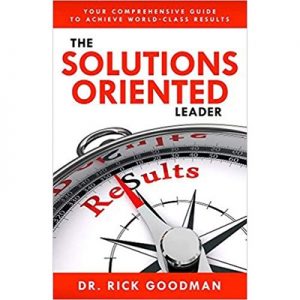— February 5, 2018

Skitterphoto / Pixabay
Targeting is important; it doesn’t take Sherlock Holmes to figure that one out. Whatever it is you are aiming for, the more accurate your targeting, the more successful you’ll be – shooting hoops, firing arrows, water ballooning your neighbor’s cat – the list goes on.
However, it is especially true when it comes to delivering effective marketing campaigns in 2018. At its heart, ‘marketing’ is just a word for communicating with – or sending messages to – your customers, prospects, and indeed the wider world. And sending messages is easy, isn’t it? Just like talking can be. All too easy. ‘All good conversations start with listening’ springs to mind. In the case of marketing, replace ‘listening’ with ‘intelligent audience building’. The last thing you want to do is send the messaging equivalent of verbal diarrhea as a result of poor audience building.
Let’s not kid ourselves though: communicating in a way that actually influences an audience is no mean feat, and it requires knowledge of your audience beyond the simplistic. Speaking of simplistic – for too long people have been constrained by the old ways, which can often be summarised as ‘what are we able to do’ rather than ‘what would we like to do’. It’s really not good enough to base campaigns on demographics plus simple events any more – the kind that presume because you are a man aged 25-45 you must be the type of person who wants to watch Jeremy Clarkson on TV (no offence, Jeremy).
The Next Stage Of Audience Building
In this age of infinite data, we are capable of building audiences that are so much richer and more meaningful. Why stop at ‘a user has watched a program’ when you know what program they watched, what series and episode, on what device, and when they watched it? That sort of insight enables you to deliver messages to your subscribers notifying them that they missed a show they follow. Or why be satisfied with ‘a user has searched for a flight’ when you know the flight destination, where it’s from, and what class? Data like that helps to identify lucrative solo business travelers looking to book for an essential trip.
In this age of infinite data, we are capable of building audiences that are so much richer and more meaningful than those triggered by simple events.
So where do you start? Well, think carefully about what you want to achieve. Don’t just build audiences for the sake of it. There are literally millions of audiences you can ‘build’, but there are of course some that work far better than others when it comes to targeting a real world campaign. Find a balance and think in terms of business goals – who is it exactly that you need to communicate with? What do I need to say, and what difference would it make if they heard and responded? When you’ve identified that group, build out the logic freely outside of your tech infrastructure and only then ‘import’ the result back in – a process that should quickly tell you if your tech is up to the job. Then you’re ready to deliver campaigns and track results.
As you can see, your queries have the potential to become more complex. But fear not! Just because something is complex (or if you prefer, ‘sophisticated’), does not mean that it is difficult. In this case complex is good, and for what it’s worth – life is complex, and this should be reflected in your marketing campaigns. Simplicity is outdated when it comes to audience building, as we have shown above.
Business & Finance Articles on Business 2 Community
(22)








